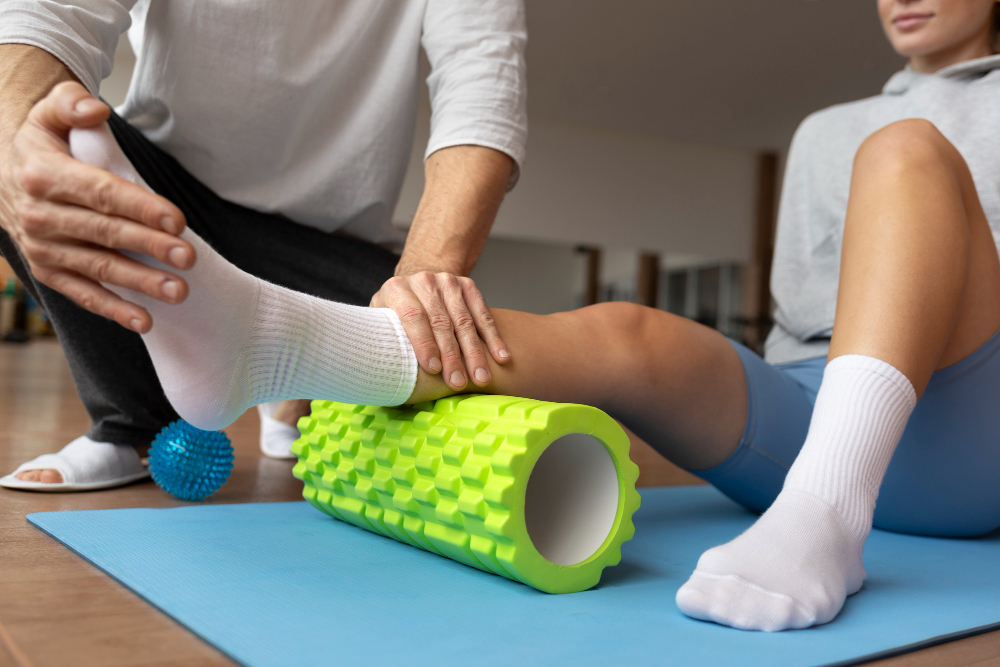The Ultimate Guide to Foam Rolling for Muscle Recovery

Are you constantly feeling sore after workouts and strenuous activities? Have you tried various forms of muscle recovery such as stretching and massage therapy, but still feel like you aren’t fully recovering? It’s time to add foam rolling to your routine! Foam rolling is a self-massage technique that improves circulation, lengthens muscles, and alleviates muscle soreness. In this Ultimate Guide to Foam Rolling for Muscle Recovery, we will break down everything you need to know about foam rolling, how to choose the right foam roller, and how to properly use it for optimal results.
What is Foam Rolling?
Foam rolling is a self-massage technique that involves rolling your muscles over a cylindrical foam roller to increase circulation and alleviate soreness. Foam rolling stimulates the fascia, which is the connective tissue that surrounds muscles, allowing for better mobility, flexibility, and range of motion.
Types of Foam Rollers
There are two main types of foam rollers: low-density and high-density foam rollers. Low-density foam rollers are softer and more comfortable, making them a better option for beginners or those who have never foam rolled before. High-density foam rollers are firmer and offer a deeper massage, making them a better option for individuals who regularly foam roll and are seeking a more intense massage.
How to Foam Roll
To foam roll properly, follow these simple steps:
- Find the muscle group you want to target
- Position the foam roller under that muscle group
- Roll back and forth over the affected area for 30-60 seconds
- Roll over any trigger points or areas that feel sore
- Move on to the next muscle group and repeat steps 1-4
Benefits of Foam Rolling
Foam rolling has multiple benefits for muscle recovery and overall physical health. Some of these benefits include:
- Improves range of motion and flexibility
- Increases blood circulation and oxygen flow to muscles
- Alleviates muscle soreness and pain
- Reduces the risk of injury
- Warms up muscles before a workout and enhances recovery after a workout
Precautions and Contraindications
While foam rolling is generally safe for most individuals, there are some precautions and contraindications to be aware of. If you have any medical conditions, injuries, or are pregnant, it is important to speak with your healthcare provider before beginning a foam rolling routine.
Conclusion
Incorporating foam rolling into your muscle recovery routine can provide significant benefits for your physical health and overall well-being. By following the steps outlined in this Ultimate Guide to Foam Rolling for Muscle Recovery, you can choose the right foam roller, learn how to properly use it, and experience the numerous benefits for yourself. At B Physical Therapy, we offer expert guidance and support for individuals seeking physiotherapy in Oviedo, FL. Contact us today to learn more about how we can help you incorporate foam rolling into your routine and improve your physical health.